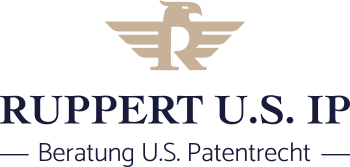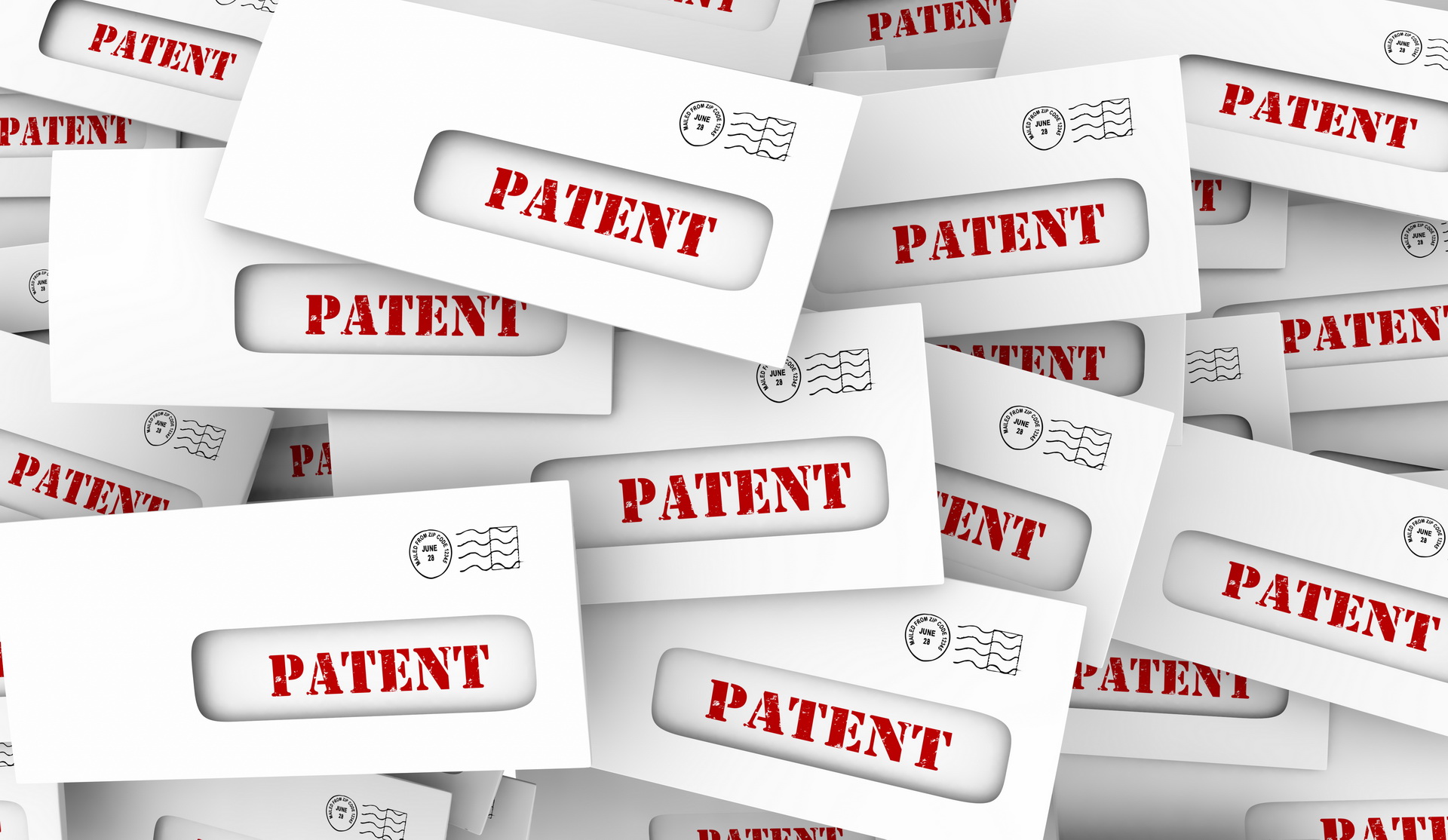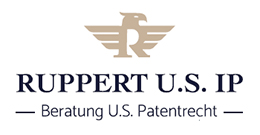THE PATH TO A U.S. PATENT
DISCLAIMER: The information provided herein is simplified and should not be construed as a definitive statement of the law or practice.
THE PATH TO A U.S. PATENT – AN OVERVIEW
There are three types of U.S. patents:
- Utility Patents
A utility patent may be granted to anyone who invents or discovers a new and useful process, machine, article of manufacture, or composition of matter, or a new and useful improvement thereof.
- Design Patents
A design patent may be granted to anyone who invents a new, original and decorative design for an article of manufacture.
- Plant Patents
A plant patent can be granted to anyone who invents or discovers a distinct and new plant variety and propagates it asexually.
Most inventions probably fall within the scope of utility patents. For these types of patents, two types of U.S. patent applications are available: (a) a provisional patent application and (b) a non-provisional patent application.
Provisional Patent Application
The USPTO offers inventors to file a so-called provisional patent application. A provisional patent application provides the opportunity to establish an early effective filing date in a patent application and allows the applicant to use the term “patent pending” in connection with the invention. A provisional patent application is a less expensive application compared to a non-provisional patent application. Claims and oath or declaration are not required for a provisional application.
The filing date of a provisional patent application is the date on which a written description of the invention (supported by drawings, if applicable) is received by the USPTO. To be complete, a provisional application must also include a filing fee and a cover sheet indicating that it is a provisional patent application.
The applicant then has up to 12 months to convert the provisional patent application and file a non-provisional patent application as described below. The claimed subject matter in the subsequently filed non-provisional patent application is entitled to claim the filing date of the provisional patent application – provided it is sufficiently supported in the description of the provisional patent application.
Two special features with respect to a provisional patent application are worth mentioning:
- A provisional patent application is NOT examined for patentability. It is abandoned with legal effect 12 months after its filing date.
- The 12-month pendency of a provisional application is NOT counted against the 20-year term of a patent granted on a subsequently filed non-provisional patent application claiming the benefit of the filing date of the provisional patent application.
Non-Provisional Patent Application
A non-provisional patent application includes (1) a written document containing a specification (description and claims); (2) drawings (if required); (3) an oath or declaration; and (4) filing, search, and examination fees. All application materials must be in the English language.
All applications received by the USPTO will be numbered consecutively. The applicant will be informed of the application number and filing date by a filing receipt. If an application is filed that does not contain all the parts necessary to obtain a filing date, the applicant will be advised of the deficiencies and given a period of time to complete the application. Once all the required parts, which must comply with the associated rules, have been received, the patent application will be forwarded for examination.
Unless the applicant has made a specific request for confidentiality, the non-provisional patent application will be published 18 months after the earliest effective filing date or priority date. Until this publication, the patent application is kept confidential by the USPTO. Thereafter, anyone has full access to the patent application’s file history via the USPTO’s website.
Non-provisional patent applications that have been accepted as complete applications are assigned for examination to the respective technology centers responsible for the technology areas related to the invention.
The patent application is then examined by an examiner at the technology center in the order in which it was filed. Among other things, the patent examiner verifies that the invention claimed in the patent claims is described in the patent application as required by the U.S. Patent Statutes and Patent Rules (35 U.S. Code Title 35 and Title 37 Code of Federal Regulations). If not, the patent claims are rejected.
When two or more inventions are claimed in a single application, a restriction requirement often occurs initially, and the applicant must elect one of the multiple inventions to be examined. The other invention(s) may then be made the subject of a separate patent application.
In addition, the patent examiner searches the patent claims for relevant prior art. In this search, the examiner determines whether, based on his search, the patent claims are new and not obvious. This is often where the first rejection of the patent claims occurs. The examiner may argue that a single reference describes the subject matter claimed in the claims and therefore the claimed invention is not “new”. Also, the examiner may combine multiple references and argue that the claimed invention is obvious based on the teaching of multiple references.
If the applicant receives such a written rejection, the applicant must respond to each ground of objection and rejection raised in the office action. This may include, but is not limited to, pointing out an alleged error by the patent examiner or otherwise correcting the pointed-out deficiencies. The applicant then requests further examination of the claims by filing a reply or response to the office action.
After the patent examiner receives applicant’s response, the patent application is examined further – in view of applicant’s arguments and/or amendments made in the response. The examiner informs the applicant of the status of the claims, i.e., whether the claims continue to be rejected or objected to, or whether the claims are allowed. This second office action is usually declared final. If this second office action is negative, it still does not mean the final “out” for the filed patent application. Several options are available.
- The applicant can appeal to the Patent Trial and Appeal Board (PTAB) in the Patent and Trademark Office. If the PTAB’s decision is equally averse to the applicant, the applicant may appeal to the Court of Appeals for the Federal Circuit (the highest U.S. patent court) or may file a civil action against the Director of the USPTO in the United States District Court for the District of Columbia. The Court of Appeals for the Federal Circuit will review the record created in the USPTO and may affirm or reverse the patent office action. In a civil action, the applicant may testify before the court and the court will render a decision. Those lawsuits are lengthy and very costly.
- More often, however, due to cost and time constraints, applicants choose to either file a Request for Continued Examination (“RCE”) or a Continuation Application. Both will then be examined in the same manner as the originally filed non-provisional patent application.
If during the examination of the patent application, or at a later stage during the further examination of the application, it is found that the patent application is allowable, a notice of allowance and fee(s) due will be issued. The fee must be paid within three months, otherwise the patent application is considered abandoned.
Generally, the term of an issued patent is 20 years from the date the patent application was filed in the United States. If certain circumstances exist, such as, delay in examination at the USPTO, an extension of the patent term may be obtained.
Utility patents are subject to the payment of maintenance fees that must be paid to maintain the patent in effect. These fees are due 3.5, 7.5, and 11.5 years after issuance of the patent. Failure to pay the current maintenance fee in a timely manner may result in the lapse of the patent.
The grant of a patent bestows a limited property right upon the patentee. U.S. patents, like all other patents, are territorial. They are effective only within the United States, U.S. territories and U.S. possessions.
When a U.S. patent is issued, the USPTO also declares that the patent is valid. However, if the patent is later challenged, e.g., in a court proceeding, the patent owner must enforce the patent without the assistance of the USPTO.



